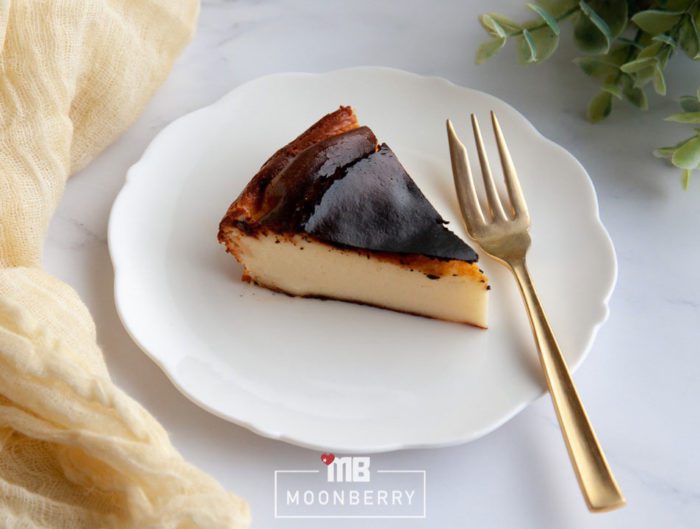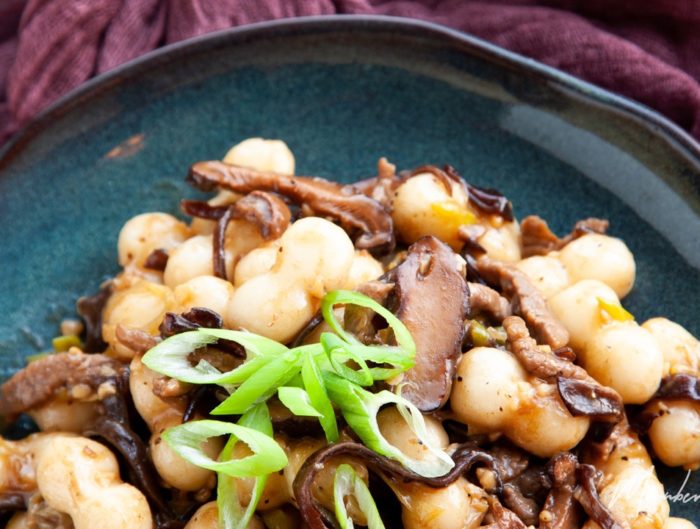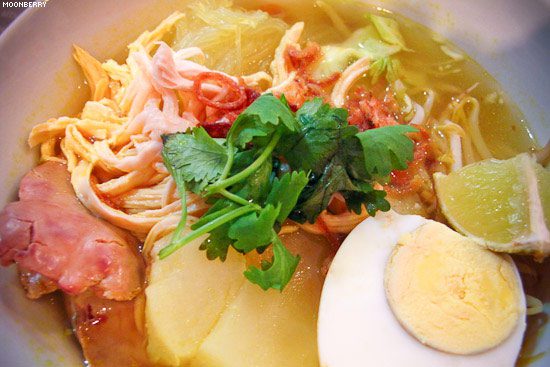
I woke up on Sunday morning, craving for Soto Ayam. Soto Ayam is Javanese Chicken Soup, flavoured mainly with tumeric plus a bunch of other spices. You’ll see them all in the recipe below. There are many variations of Soto, including Soto Banjar, Soto Medan, Soto Madura (their names are derived from the geographic regions that serve this, and the broth or toppings are slightly varied one way or another). Soto Madura, which I’m also fond of eating, is sometimes referred to as Soto Daging and it contains chunks of beef, tripes and miscellaneous innards. Daging means meat, Ayam means chicken. My parents like to serve Soto Ayam for breakfast over white rice, but I am happy just having the soup by itself and when I make it at home, I add more cabbage, glass noodles and potatoes to make the soup heartier and more filling.
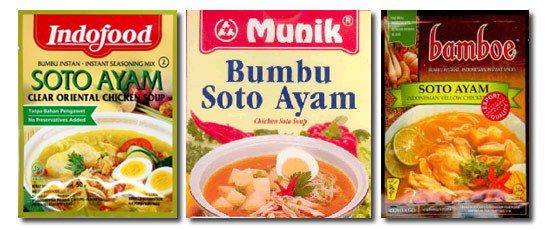
Now, normally when I make Soto Ayam, I use an instant pre-made spice mix that I easily get from the Asian supermarkets near my house in Elmhurst. Interestingly enough, now that I am in Singapore, I was not able to find these pre-made spice packets in the supermarkets nearby. (Uhm, hello… neighbouring countries!??) Determined to have Soto Ayam no matter what, I decided to tackle making it from scratch and grind the actual spices. I searched for some recipes online, found one that was simple enough to reference and adapted it with the ingredients that I could get my hands on during my supermarket spree.
Javanese Soto Ayam
Ingredients:
1/2 Boneless Chicken Breast, boiled and shredded
1 stalk Lemongrass, cut into 3 sections
1 can Chicken Broth
1 glass Water
Spice Paste:
4 Shallots, chopped
3 cloves Garlic, chopped
2 pieces Turmeric, peeled and chopped
2-inch piece Galangal, peeled and sliced
2-inch piece Ginger, peeled and sliced
1 tablespoon Fresh Lime Juice
Other ingredients:
3 Potatoes, cut into wedges
2 cups Cabbage, sliced
2 cups Bean Sprouts
2 small packages Glass Noodles
1 Lime, cut into wedges
2 Hard-boiled Eggs, sliced
Toppings:
Scallion, chopped
Cilantro, chopped
Deep-fried Shallot Slices
Method:
Blend the spice paste in a food processor. Stirfry the spice paste in an oiled frying pan and wait for it to turn light brown. Wrap the spice paste in cheesecloth, before adding it into a pot filled with chicken broth, lemongrass and water. Cover the pot, lower the heat and simmer for 30 to 40 minutes. Add salt to taste.
In another pot of boiling water, boil potato wedges, blanch beansprouts, pre-soaked glass noddles, cabbages and transfer them into a bowl once they are cooked. Add in shredded chicken, toppings and pour the hot broth into the bowl. Serve with lime wedges.
Ta-dahh!!! Soto Ayam, yum!
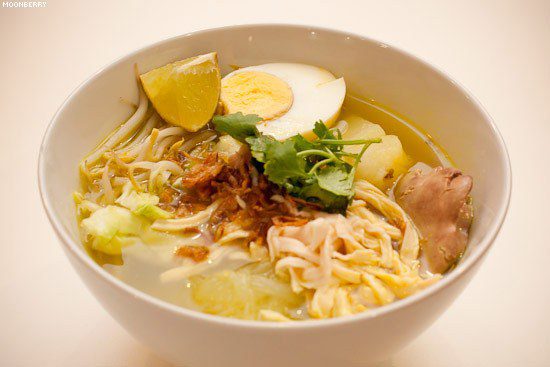
I am quite pleased with the overall result of my made-from-scratch Soto Ayam attempt. It tastes the same as it normally does whenever I use the pre-made spice packet. However, it does not have the same flavour as the original – and by original, I mean those sold by street vendors in Surabaya. I can’t quite pinpoint where the discrepancy lies, as admittedly my tastebuds have been conditioned by the adulterated version from using a pre-made spice packet. (Living overseas kinda does that to ya, whether you like it or not.) I can tell you that authentic Javanese Soto Ayam served in Indonesia has a much more robust-flavoured broth. I dunno, kick up the tumeric maybe?
Oh, speaking of tumeric… Couple of weeks ago, I was ranting over Twitter and Facebook about going in circles trying to identify fresh galangal. The only galangal I had come across were the occasional pieces that float inside my Tom Kha Gai soup and I don’t remember ever seeing a fresh one before. All I knew is that it sorta looked like ginger. So I went to three different supermarkets and a wet market, looking for galangal but no one in these markets seemed to refer to it by its English name. The shelves had Young Ginger 姜, Old Ginger 老姜, Yellow Ginger 黃姜. The literal Chinese translations of these words tacked on the product labels made it even more confusing for me. Via a process of elimination, I picked Yellow Ginger but realized later on I made a mistake. Yellow Ginger = Tumeric. O_O!?!? Again, I had never used fresh tumeric before… only in dried powder form. In the end, I managed to find galangal aka Blue Ginger aka 藍姜 at FairPrice Finest, but it wasn’t after shuttling to and fro all these markets.
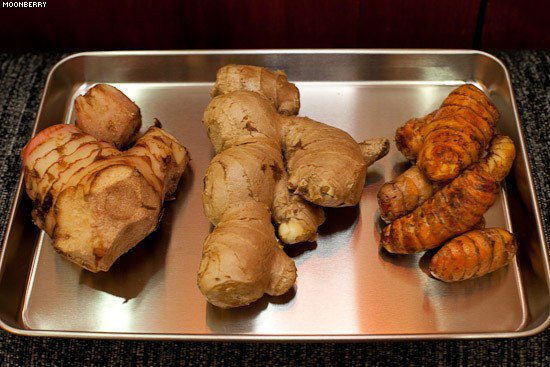
Look at this, and tell me they don’t look similar!??! O_o
From left to right: Galangal, Ginger, Tumeric.
So that sums up my first foray into acquiring fresh spices. I’ve picked up a lot of Asian recipe books lately and pretty much all of them call for some sort of ingredients which I’ve only encountered in processed form (bottled or dried) before. Cooking with these spices in raw form is definitely worthwhile, as I believe the flavours are more potent.
I’m going to discuss with my parents about making Soto Ayam at home and find out if they have any tips on the ratio of spices to use in order to make it taste closer to the street vendor version.


